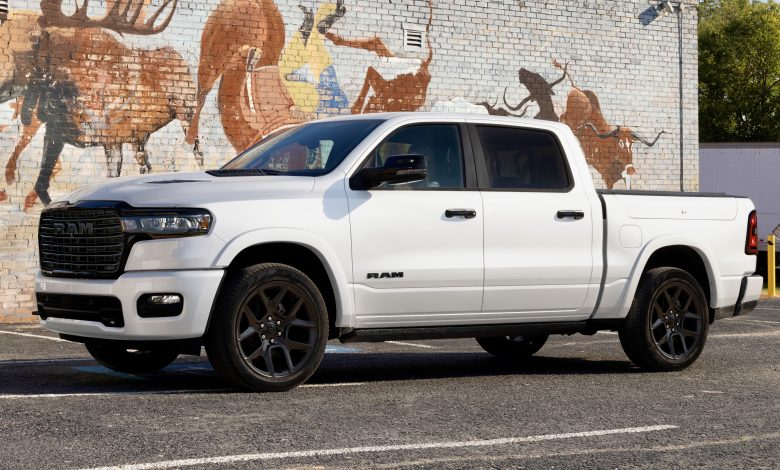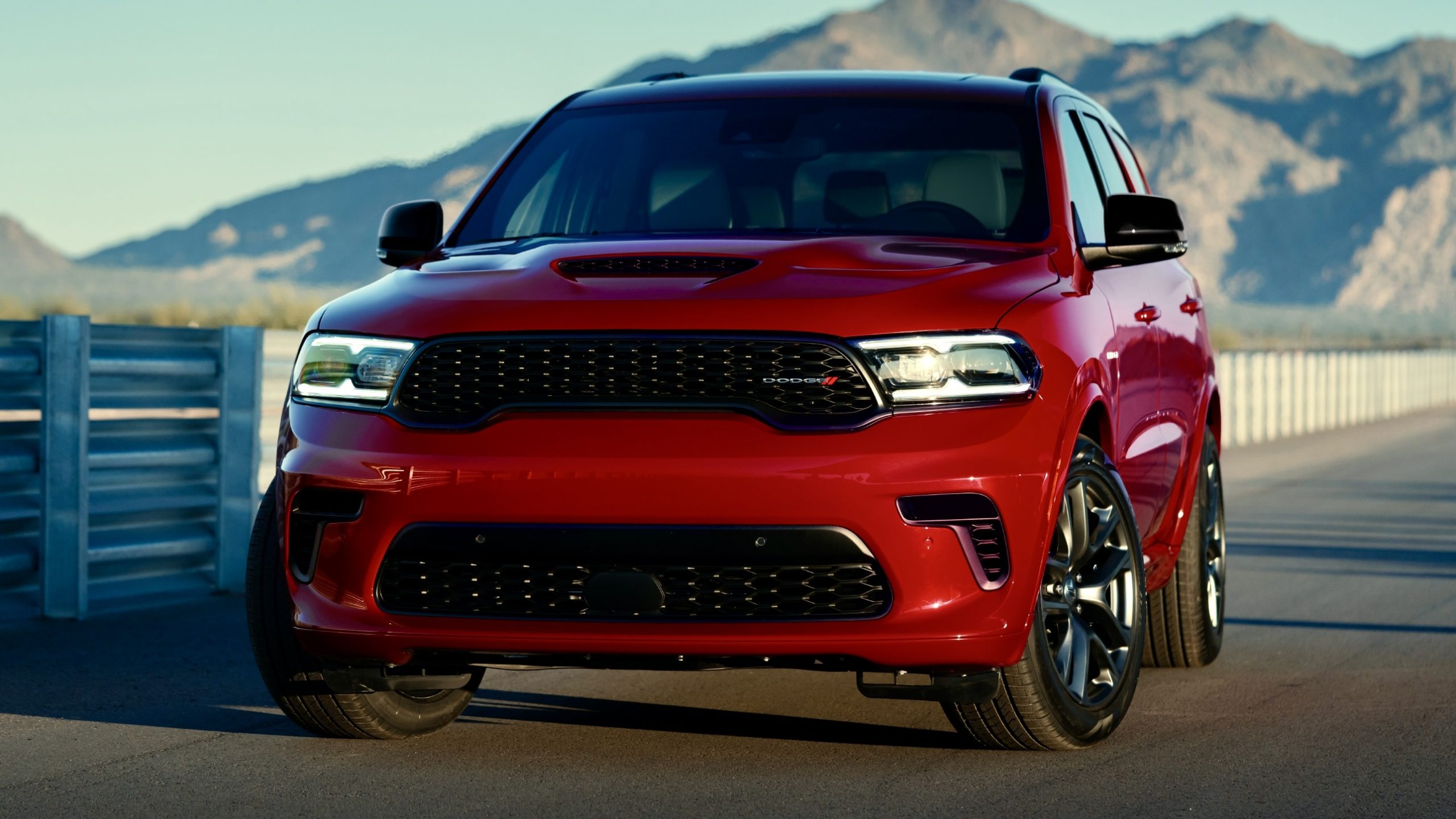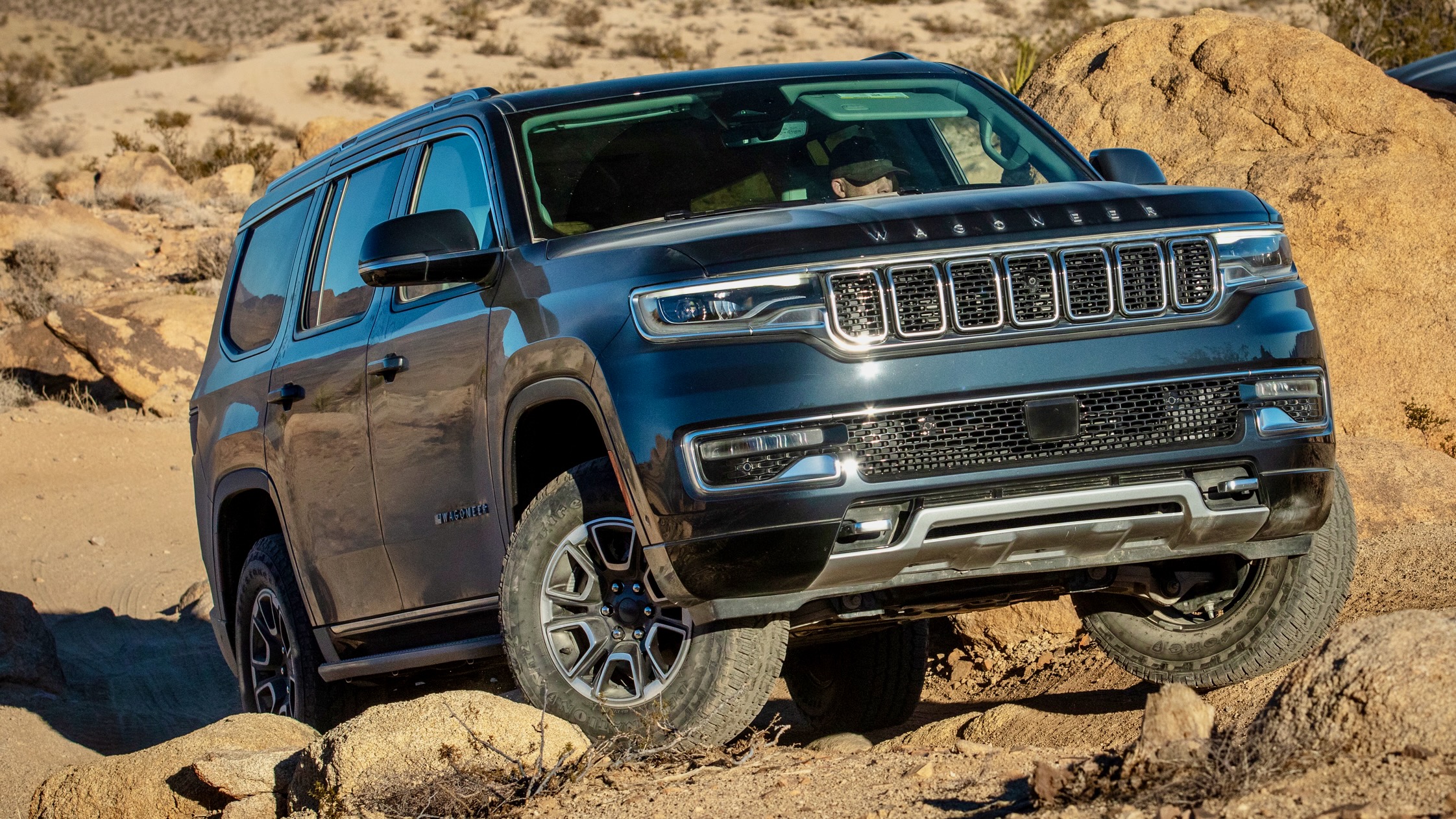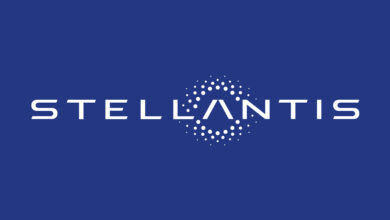Stellantis Hit With $190.6 Million In Fuel Economy Fines
Automaker Has Paid $773.5 Million Since 2018

Stellantis, the parent company of Chrysler, Dodge, Jeep®, and Ram, has once again had to open its checkbook due to failing to meet U.S. fuel economy rules. According to a new report from the National Highway Traffic Safety Administration (NHTSA), the automaker paid $190.6 million in penalties this year alone.
The fines apply to older models that failed to meet fuel economy targets. Stellantis was hit with $78.3 million in March and $112.3 million in June for shortfalls tied to its 2019 and 2020 model year vehicles. That brings Stellantis’ running total to a staggering $773.5 million in fines since 2018.
Why Stellantis Keeps Getting Hit –

These fines originate from the Corporate Average Fuel Economy (CAFE) standards, which have been in place since 1975 to encourage automakers to improve fuel efficiency. When a company’s fleet of cars and trucks doesn’t hit the required average, the penalties stack up.
For Stellantis, the issue is straightforward—its lineup heavily relies on full-size trucks, SUVs, and muscle/performance cars. Those vehicles are popular with buyers but don’t exactly set records for fuel efficiency. That mix has left Stellantis writing big checks year after year.
Trump-Era Law Changed The Game –

This year’s fines may be some of the last of this size. Thanks to a law signed during the Trump administration, automakers are no longer penalized for missing fuel economy standards starting with the 2022 model year. That rule change has given companies like Stellantis breathing room to keep producing large, gas-powered vehicles without worrying about billions in fines.
The move also disrupted the emissions credit market. Automakers that struggle to meet standards often buy credits from companies like Tesla or Rivian. Tesla made $2.8 billion globally last year from selling these credits. Rivian, meanwhile, says it has $100 million worth of credit deals pending because the NHTSA hasn’t finalized compliance data for 2022 and newer models.
The Bigger Picture –

Stellantis isn’t alone. GM previously paid $128.2 million in fines for missing the mark in 2016 and 2017. Ford was also expected to pay about $1 billion under earlier proposals.
Under President Biden, NHTSA originally floated strict new standards that could’ve racked up $14 billion in penalties across the industry through 2032, including $3 billion for Stellantis. But when the final rules were published last year, they were scaled back dramatically. Now, the industry faces fines of no more than $1.83 billion through 2031.
What It Means Going Forward –

For Stellantis, the short-term pain is real—almost three-quarters of a billion dollars in fines since 2018. But the long-term outlook is more forgiving. With penalties eased, the company can continue to rely on its bread-and-butter trucks and SUVs while gradually moving toward electrification at its own pace.
Still, the shift to electric vehicles isn’t going away. Even with looser rules, Stellantis will need to prove it can balance customer demand for big vehicles with the reality of tightening environmental expectations in the years ahead.
Source: Reuters






6 replies
Loading new replies...
Join the full discussion at the Mopar Insiders Forum →